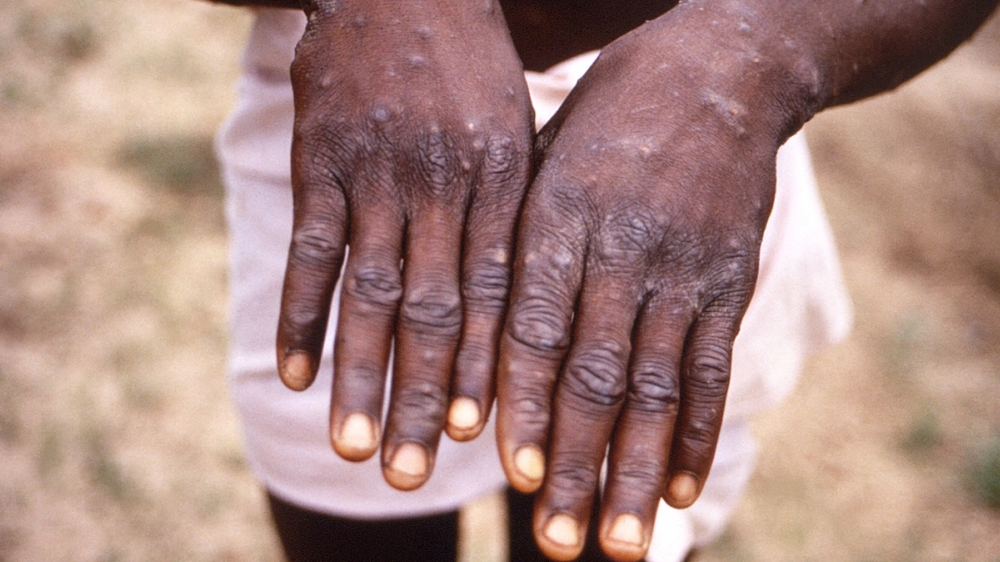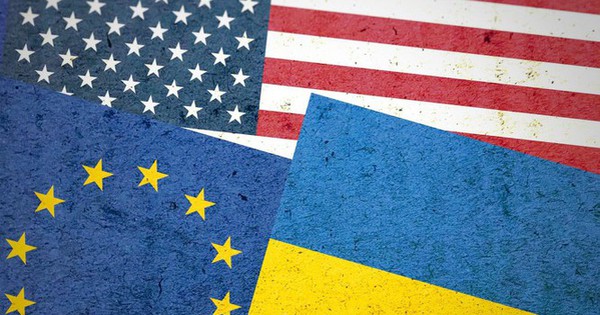The monkeypox virus is present in areas such as West and Central Africa. In humans, the virus is transmitted by animal bites or by direct contact with the blood, body fluids, skin wounds, and respiratory droplets of infected animals. Some animals that are at risk of disease are squirrels, mice, monkeys, civets.
Meanwhile, COVID-19 is a highly contagious infectious disease caused by the SARS-CoV-2 virus that causes severe acute respiratory syndrome. The infection started turning into a pandemic in 2019 and has continued to this day.

Worldwide, more than 500 million people have been infected with COVID-19, of which 6.28 million have died. COVID-19 has caused the most serious global health crisis since the influenza pandemic of 1918. Despite the availability of vaccines and drugs, the number of COVID-19 cases continues to increase as complications arise. like Delta, Omicron.
Human-to-human transmission of monkeypox virus is quite rare, usually by close skin-to-skin contact.
While that COVID-19 is mainly spread through respiratory droplets such as coughing or sneezing within a distance of nearly 2m, the virus is also suspended in the air for up to 3 hours.
The first case of monkeypox was detected in the Democratic Republic of the Congo in 1970. Since then, the virus has caused a number of small outbreaks, most limited to a few hundred cases in 11 African countries. .
The SARS-CoV-2 virus was discovered in Wuhan, China in December 2019. Currently, more than 200 countries and territories worldwide have recorded cases.
Symptoms of monkeypox and COVID-19
The main manifestation of monkeypox is a rash that begins one to three days after the fever. The red spots gradually enlarge, turn into pus-filled blisters that scab over and peel off in 2-4 weeks. The rash usually begins on the face and spreads to other parts of the body such as the hands, feet, and genitals.
Most of the symptoms of monkeypox are similar to smallpox, an infection in the same family. Other symptoms include fever, muscle aches, headache, swollen lymph nodes, and chills. Monkeypox is usually spread by showing symptoms on the skin.
Meanwhile, COVID-19 can spread when the patient is asymptomatic or before showing symptoms. The main warning signs of COVID-19 are fever, cough, chills, runny nose, loss of smell/taste, and sore throat. The SARS-CoV-2 virus also causes a rash, but is not as common in patients as respiratory symptoms. The rash associated with COVID-19 mainly appears as a complication if not treated early.
at Blogtuan.info – Source: Soha.vn – Read the original article here



